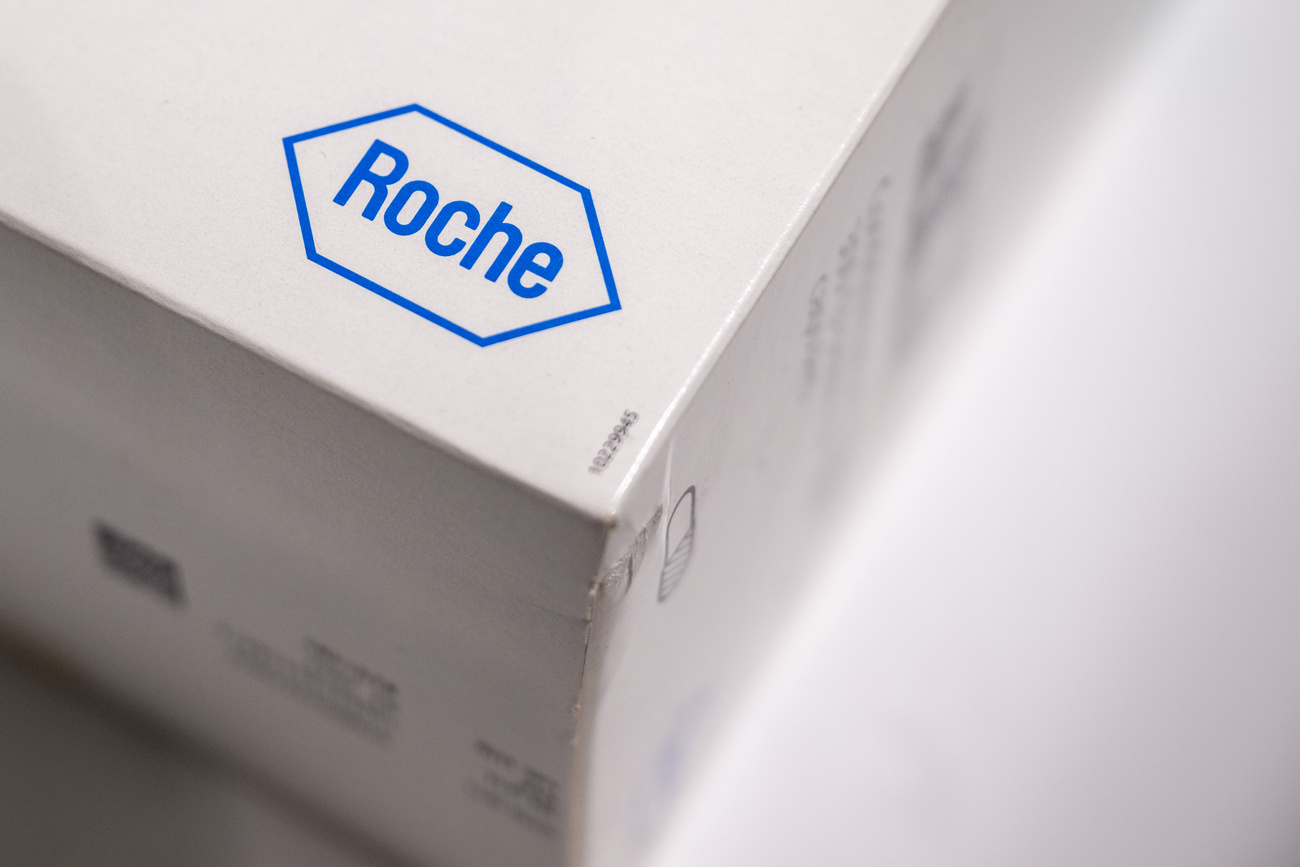
Using algae DNA to track water pollution

Single-celled aquatic algae are great indicators of water pollution levels, but identifying and counting them is time-consuming and costly. A Geneva research team has found a way to expedite the process using DNA analysis.
If you have a sample of water from a Swiss river, a good way to determine the level of pollution is to measure the quality and diversity of single-celled aquatic algae called diatoms.
Until now, the quality of rivers in Switzerland has been evaluated with the help of the Swiss Diatom Index (DI-CH), thanks to the sensitivity of the unicellular organisms to changes in the environment. But identifying and counting individual diatom species is time-consuming: a faster, more reliable method was needed to keep up with modern water protection regulations.
Now, researchers from the University of Geneva (UNIGE) have helped solve this problem by establishing a water quality index based solely on the DNA sequences of diatoms. Their new method means that researchers can now assess water quality levels without having to identify each diatom species visually under a microscope, allowing many water samples to be processed much more quickly and inexpensively.
Together with the Geneva Water Ecology Service (SECOE) and the PhycoEco environmental office in Neuchâtel, the UNIGE researchers analysed some 90 samples taken in different Swiss rivers and determined their ecological status with the aid of DI-CH. This allowed them to establish a reference system to validate their new molecular index, which is based on DNA sequences characteristic of all diatom species that could be present in the samples.
“The whole range of DNA sequences revealed in each sample corresponds to a specific DI-CH quality index. Furthermore, each sequence identified has a different distribution and is detected in variable amounts from one sample to another. By integrating all these data, we were able to calculate an ecological value for each sequence, without having to identify the species to which it belongs,” explained Laure Apothéloz-Perret-Gentil, a member of the UNIGE team and first author of the study, in a press statement on Thursday.
The method, which has been published in the journal Molecular Ecology Resources, could be easily adapted to other groups of unicellular bio-indicators.
An ‘eDNA’ nametag
Similar DNA-based methods are also being used to rapidly identify the presence of other aquatic organisms in water samples for purposes of biodiversity monitoring.
In 2016, researchers from the Swiss Federal Institute of Aquatic Science and Technology (EAWAG) took samples from the Glatt river in canton Zurich, and searched for “environmental DNA” – eDNA for short. These are traces of genetic material that organisms leave behind in the water from bits of skin, feathers, waste, or even decaying corpses.
In the end, the researchers were able to detect the presence of some 296 families of organisms – all without having to catch a single one. Their research was published in August 2016 in Nature CommunicationsExternal link.
“With only a few samples of water, we get an overall picture of the entire catchment area,” EAWAG researcher Florian Altermatt said in a statement to the Swiss News Agency.

In compliance with the JTI standards
More: SWI swissinfo.ch certified by the Journalism Trust Initiative




























You can find an overview of ongoing debates with our journalists here . Please join us!
If you want to start a conversation about a topic raised in this article or want to report factual errors, email us at english@swissinfo.ch.